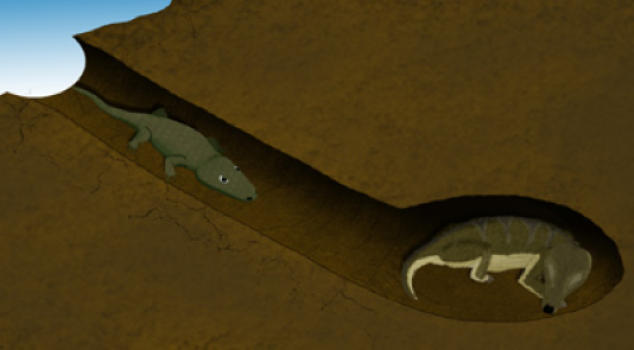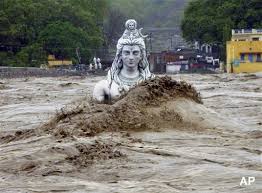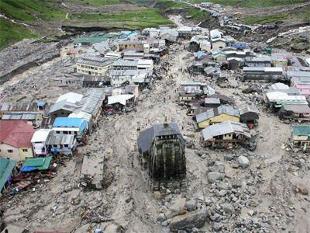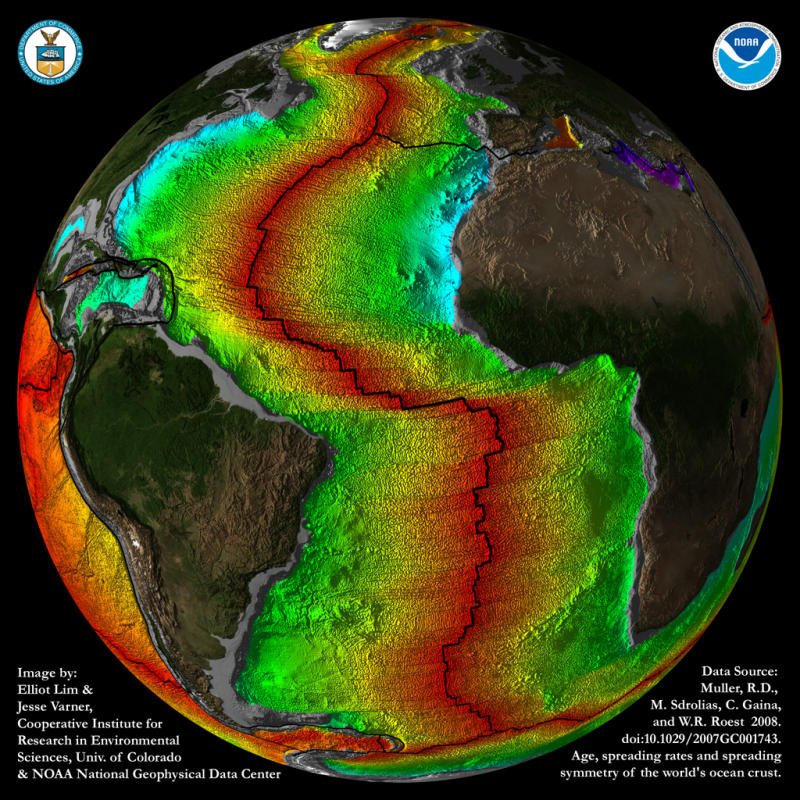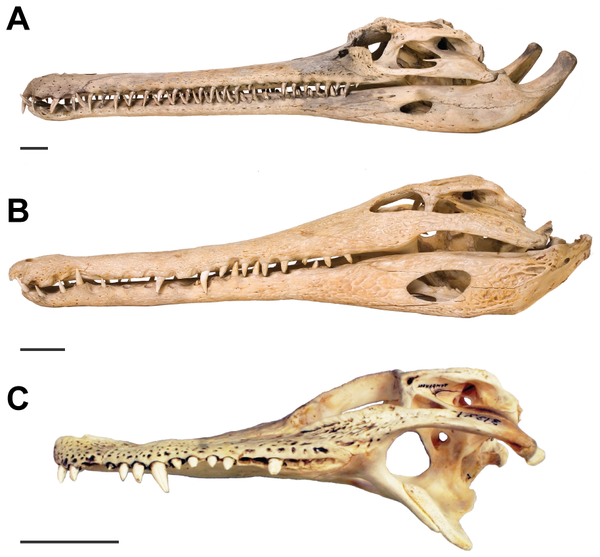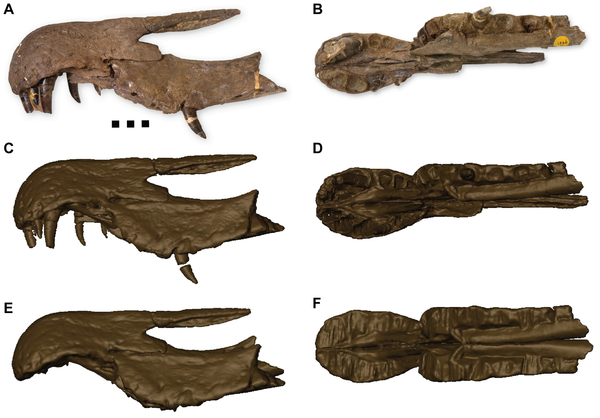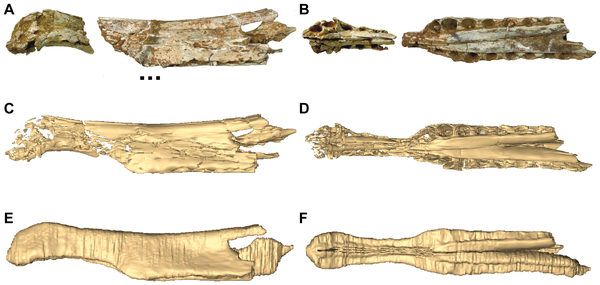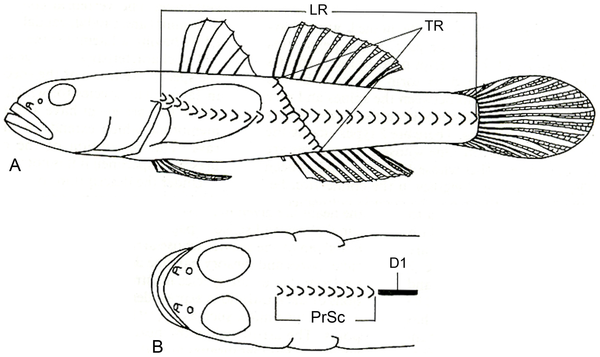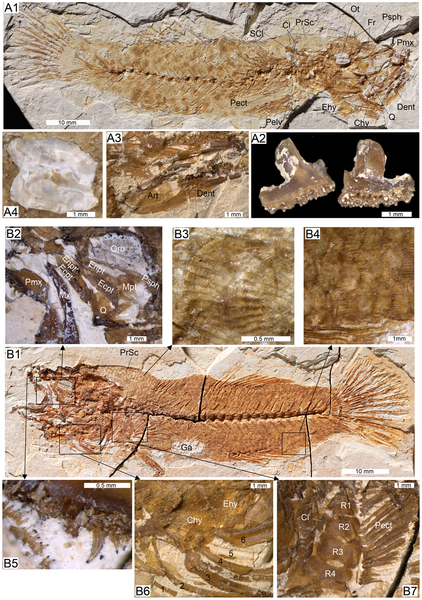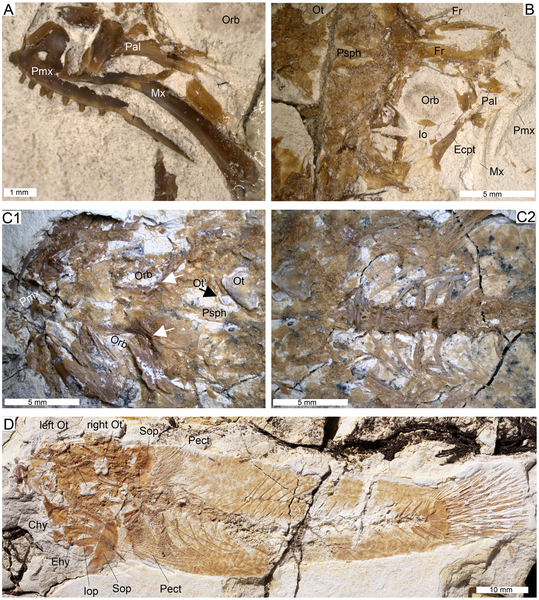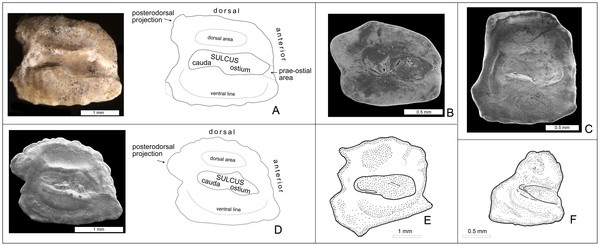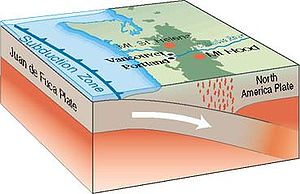Earthquakes that last minutes rather than seconds are a relatively recent discovery, according to an international team of seismologists. Researchers have been aware of these slow earthquakes, only for the past five to 10 years because of new tools and new observations, but these tools may explain the triggering of some normal earthquakes and could help in earthquake prediction.
“New technology has shown us that faults do not just fail in a sudden earthquake or by stable creep,” said Demian M. Saffer, professor of geoscience, Penn State. “We now know that earthquakes with anomalous low frequencies — slow earthquakes — and slow slip events that take weeks to occur exist.”
These new observations have put a big wrinkle into our thinking about how faults work, according to the researchers who also include Chris Marone, professor of geosciences, Penn State; Matt J. Ikari, recent Ph.D. recipient, and Achim J. Kopf, former Penn State postdoctural fellow, both now at the University of Bremen, Germany. So far, no one has explained the processes that cause slow earthquakes.
The researchers thought that the behavior had to be related to the type of rock in the fault, believing that clay minerals are important in this slip behavior to see how the rocks reacted. Ikari performed laboratory experiments using natural samples from drilling done offshore of Japan in a place where slow earthquakes occur. The samples came from the Integrated Ocean Drilling Program, an international collaborative. The researchers reported their results recently in Nature Geoscience.
These samples are made up of ocean sediment that is mostly clay with a little quartz.
“Usually, when you shear clay-rich fault rocks in the laboratory in the way rocks are sheared in a fault, as the speed increases, the rocks become stronger and self arrests the movement,” said Saffer. “Matt noticed another behavior. Initially the rocks reacted as expected, but these clays got weaker as they slid further. They initially became slightly stronger as the slip rate increased, but then, over the long run, they became weaker.”
The laboratory experiments that produced the largest effect closely matched the velocity at which slow earthquakes occur in nature. The researchers also found that water content in the clays influenced how the shear occurred.
“From the physics of earthquake nucleation based on the laboratory experiments we would predict the size of the patch of fault that breaks at tens of meters,” said Saffer. “The consistent result for the rates of slip and the velocity of slip in the lab are interesting. Lots of things point in the direction for this to be the solution.”
The researchers worry about slow earthquakes because there is evidence that swarms of low frequency events can trigger large earthquake events. In Japan, a combination of broadband seismometers and global positioning system devices can monitor slow earthquakes.
For the Japanese and others in earthquake prone areas, a few days of foreknowledge of a potential earthquake hazard could be valuable and save lives.
For slow slip events, collecting natural samples for laboratory experiments is more difficult because the faults where these take place are very deep. Only off the north shore of New Zealand is there a fault that can be sampled. Saffer is currently working to arrange a drilling expedition to that fault.
The National Science Foundation and the Deutsche Forschungsgemeinschaft supported this work.













 June 24th, 2013
June 24th, 2013  Riffin
Riffin 